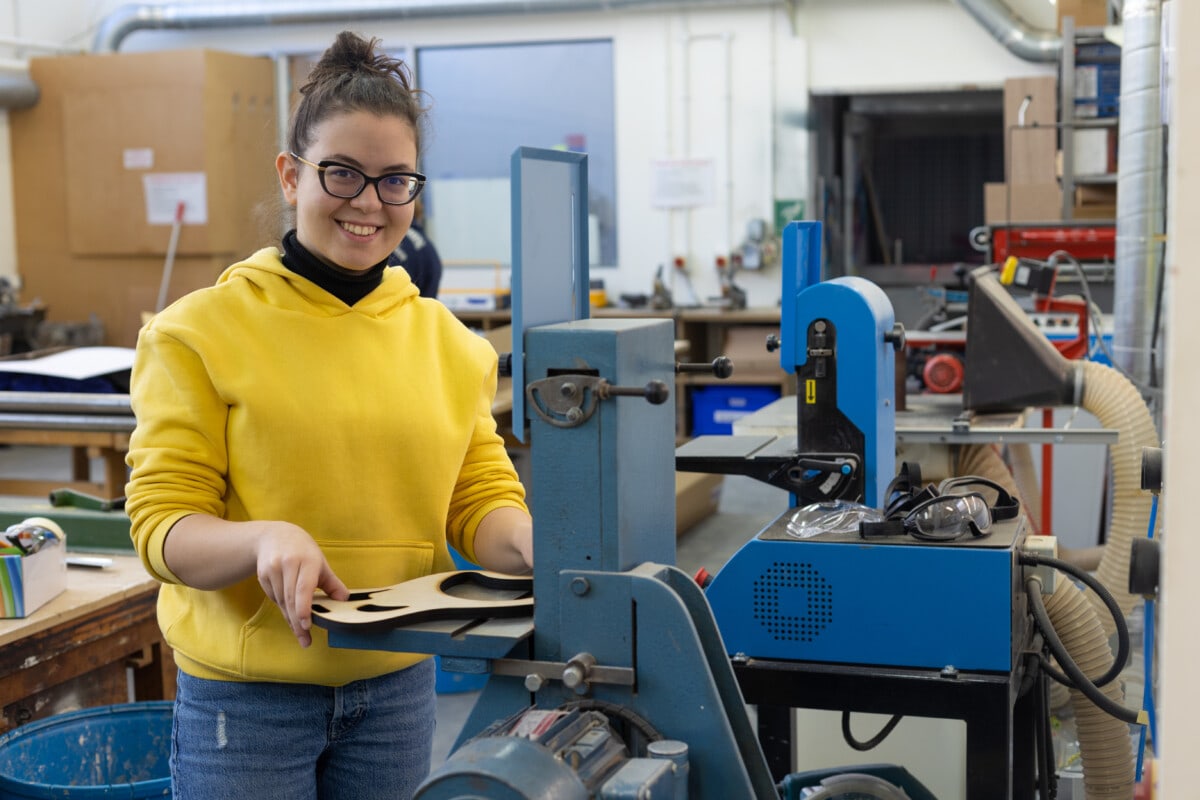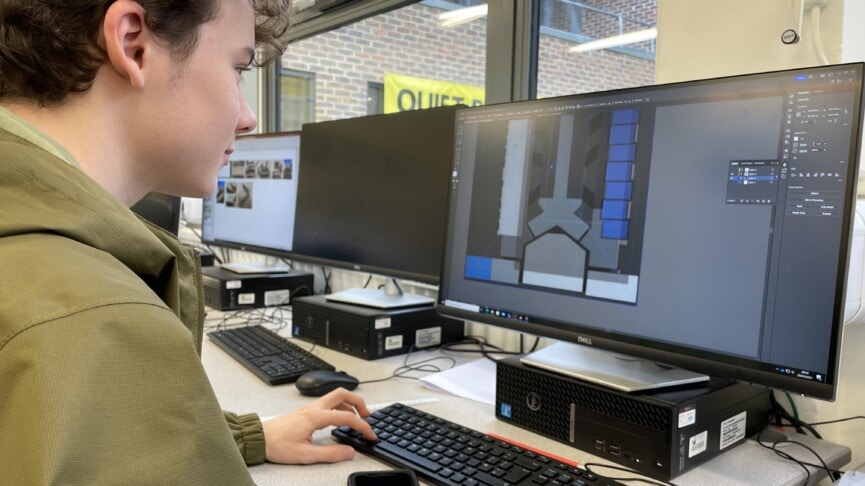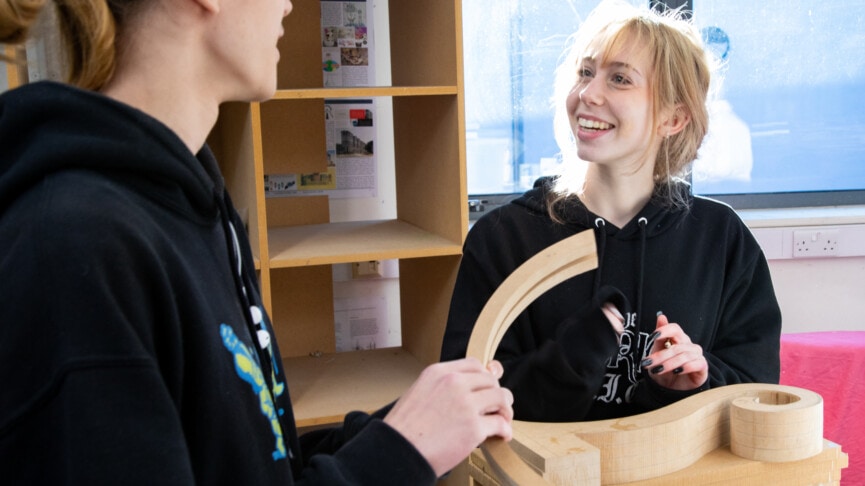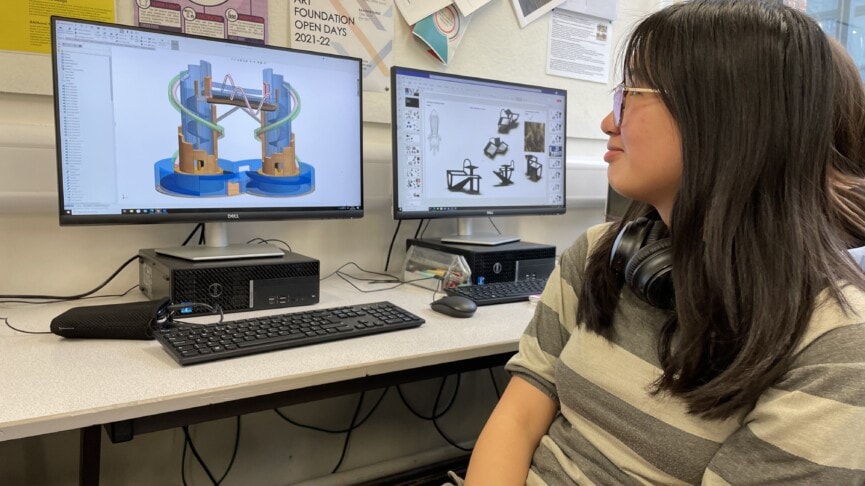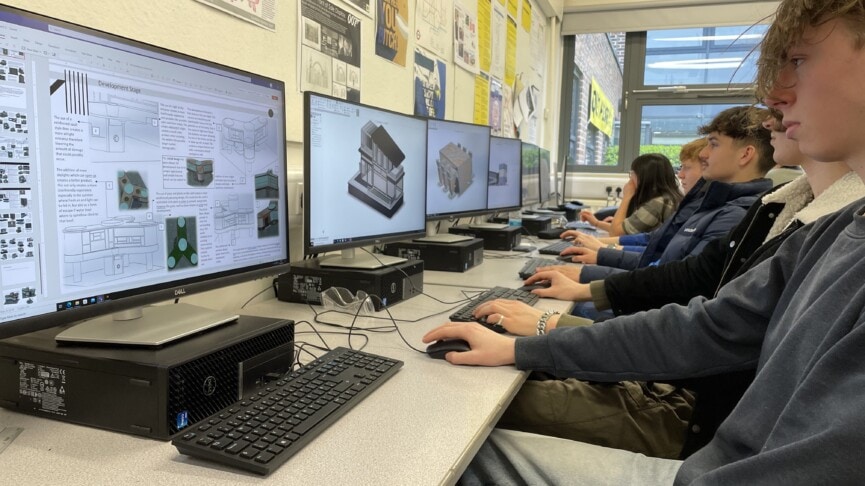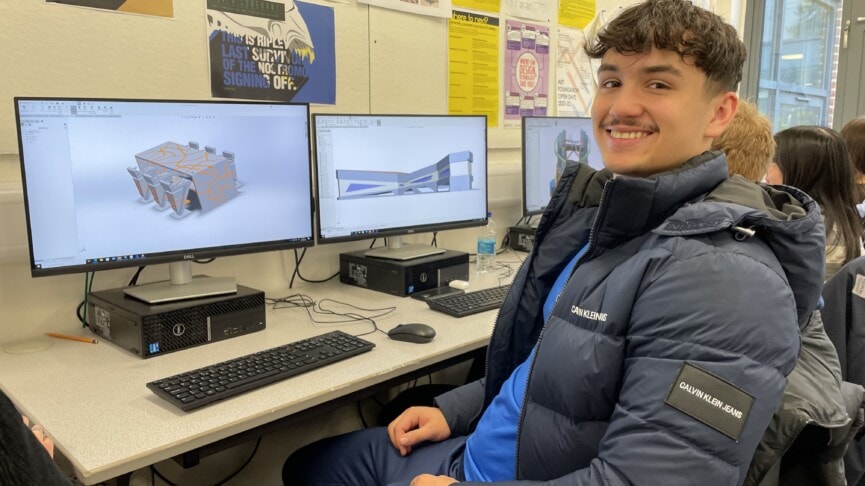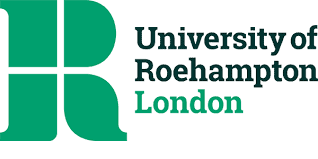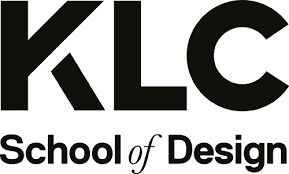Overview
This is a broad-based and diverse 3D Design course in which the design scale can vary.
It is primarily concerned with designing for product, architecture, interior, jewellery and stage to meet a need in a functional and aesthetic manner. We want you to design innovative concepts that consider not only aesthetic and technical issues, but also the environment and the role of the designer in the community. On the course, you’ll master design from conception to production. Learning through designing and making, you’ll experiment creatively with traditional design production processes as well as 3D digital technologies including CAD/CAM. You will experiment with media and processes and develop and refine your ideas before presenting your outcomes.
Our aim is to feed your imagination and open your eyes to the possibilities of 3D design and the difference you can make to the world. This course is delivered through skill development in Year 1 and 2 course work units, with project work supported by lessons, demonstrations, professional experience and tutorials.
Entry Requirements
In addition to the College Entry Requirements, to qualify for this course you will also need to achieve a minimum of:
• Grade 4 in an GCSE Art or 3D Design and Technology or BTEC First/BTEC Technical /Cambridge National Level 2 Merit in an Art or a Design based course.
If you were not given the opportunity to take an arts-based GCSE at school, you will need to submit a portfolio of artwork (see Portfolio Requirements), and speak to the course leader at enrolment, to ensure course suitability.
Course Details
During the first year you will develop your design skills including sketching, developing and recording ideas and how to design and use a variety of approaches and techniques.
Through a series of activities and short projects you will develop your appreciation of form and function and use a range of materials and manufacturing processes for both commercial and one-off production. This will include the use of drawing and rendering techniques to communicate your ideas using CAD/CAM as part of the design process. You will become familiar with major design movements and the work of other designers in order to broaden your appreciation of good design. There is an emphasis on learning how and why designs are developed and how you as a designer can make improvements.
In your second year you will have more freedom to explore your own area of design and you will take on the role of a professional designer through a mixture of set and self-generated projects giving you a wide portfolio to demonstrate your skills to universities and potential employers. You will undertake a detailed ‘personal study’ with practical outcomes from a personal starting point.
Assessment
Assessment is 60% coursework, in the form of a Personal Investigation which is presented as a design portfolio and practical outcome(s). There are also marks allocated to a written Related Study (20% of the coursework grade).
In addition to the coursework there is an externally set practical, which is worth 40% of the overall A Level mark.
Projects are marked by the teachers and externally moderated by the examination board.
Subject Combinations
3D Design can be combined with other creative courses such as Fine Art, Fashion or the Art and Design BTEC.
However, if you take more than one creative course, you should be aware of the work load of taking two creative courses, which involves continuous assessment throughout the year, and be able to manage your time accordingly. Combining 3D Design A Level with another creative course will give you a strong portfolio for applications for Art Foundation or Design related degrees.
3D Design can provide a creative and practical dimension to a science or humanities programme. It combines well with Media and Business Studies for those wishing to progress to Design Management or Business, and with Mathematics for students interested in pursuing a degree in Architecture.
University Destinations
3D design A Level is a highly respected qualification, with 90% of our students progressing on to university.
Here are some typical university destinations that our 3D Design A Level students go on to. Click onto a destination to see some examples of courses they have taken;

Nottingham Trent University
Typical courses: Architecture / Business Management and Marketing / Product Design / Furniture and Product Design
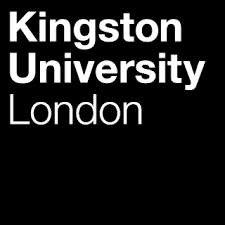
Kingston University
Typical courses: Product and Furniture Design / Art Foundation Diploma / Pharmacy MPharm (Foundation)
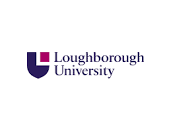
Loughborough University
Typical courses: Design (with placement year) / Industrial Design (with placement year)

University of Portsmouth
Typical courses: Engineering and Technology with Foundation Year / Interior Architecture and Design
Careers
Any field of design but especially Architecture, Engineering, Product Design, Jewellery Design, Interior Design, Furniture Design and Set Design.
FAQs
What skills will I need and develop on this course?
On this course you will develop investigative, analytical, experimental, practical, technical and expressive skills, aesthetic understanding, critical judgement and presentation skills. You will experience working with a broad range of media and develop an enthusiasm for art, craft and design.
What is the difference between 3D Design and Art and Design BTEC?
3D Design is a focused 3D Design course which means that unlike the Art and Design BTEC course you will not do any fine art. However you will do some graphics and Computer Aided Design (CAD) work. In the first year you are set themed projects or given briefs to work to. In the second year emphasis is placed on individual design briefs. This means that you will be allowed to investigate architecture, engineering, product design, jewellery design, interior design, furniture design, or set design and develop a broad range of skills through coursework.
What extra support/enrichment activities are on offer?
The course will include a number of design related trips and visits aimed at broadening your understanding of design throughout the two years of the course. In addition ‘live’ projects will be carried out with companies and there will be a number of talks by guest speakers.
What software do you use?
You will be using industry standard software including SOLIDWORKS Computer Aided Design (CAD) and the full Adobe Suite.
